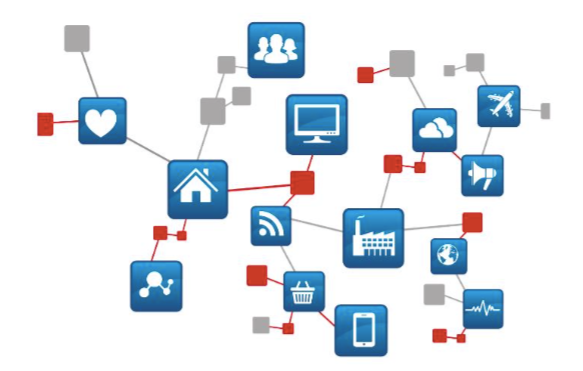IoT interoperability is a real game-changer
IoT is poised for an even more dynamic future due to standards-based interoperability, as was the case for the mobile industry (starting with the open GSM standard) which has delivered affordable communication services to the majority of the world’s population, a vibrant ecosystem of vendors, service providers and applications, and continuous innovation.
The oneM2M specification is a common technical framework with the strategic objectives of lowering costs, reducing industry fragmentation and creating new business opportunities. What is very significant is its unprecedented global support, consisting of:
- 8 of the world’s preeminent standards bodies: ARIB & TTC (Japan), CCSA (China), TIA and ATIS (N. America), TTA (Korea), ETSI (Europe) & TSDSI (India)
- 6 industry fora/consortia (Broadband Forum, Continua Alliance, GlobalPlatform, HGI, Next Generation M2M Consortium & OMA)
- Over 200 member organisations which include heavyweights in the value chain such as semiconductor companies, automotive suppliers, network operators and vendors, IoT device vendors, IoT platform providers, security providers etc.
Historically, M2M applications have been built within a silo – each with its own devices, middleware, communications services and front-end & back-end applications – producing and consuming its own data. For example, if you take a “setting” such as the home, the security application with sensors and surveillance cameras is a completely different vertical arrangement to the electricity metre monitoring application.
This is sub-optimal as each application within a setting has its own hardware, software, middleware and communications – with multiple service contracts and supplier relationships. Also data cannot be easily shared, for example both a security application and a home management application making use of controllable lights.
The oneM2M standard defines an architecture which includes a common middleware layer, at both the setting and the back-end, into which both the front-end applications (connected to the devices and sensors) and the back-end business applications can plug. A common library of services are defined in the middleware layer, such as for security, controlling when communications should occur based on data criticality, and taking into account the characteristics of the available underlying networks (such as satellite and fibre).
Thus the service layer hides the complexities of the network layer, thereby reducing the implementation burden to the application developer. It also avoids developers having to build their own middleware services. Another benefit of this architecture is that it connects data “producers” and data “customers” in a secure manner, with a configurable policy manager defining which applications and users can access which data from the sensors and devices.
There are dozens of proprietary platforms on the market, each differentiating itself through a geographical market or an application specialization. They can offer a fast time to market, particular in these early stages of IoT market evolution. There are, however, pitfalls in the long-term to a customer adopting a proprietary solution, rather than an open-standards based solution, which has benefits including:
- Economies of scale – an open-standards based supplier ecosystem will be much larger than that of a single company proprietary solution, bringing down costs
- A large development community is being attracted to the market opportunity with many open-source oneM2M applications coming on line
- Reducing duplication – in middleware and communication services and resources, bringing down implementation and operating costs
- Competitive supply – customers can choose between different vendors offering standards-compliant products which can interwork natively, bringing down costs and avoiding vendor lock-in
- A managed standard with a roadmap of future features provides continuity and a degree of predictability which helps future-proof IoT solutions
- With large populations of connected devices, an open standard reduces the complexity in managing successive generations of hardware and firmware for each device, through the standardised use of APIs and reference points
- Opening new business opportunities and service innovations through co-operative applications and data sharing
There are many parallels between the open standards of the mobile and IoT industries. oneM2M can be seen as a huge landmark and a real game-changer in the IoT industry evolution, leading to its accelerated adoption, a more sustainable industry, and with great scope for innovation.
